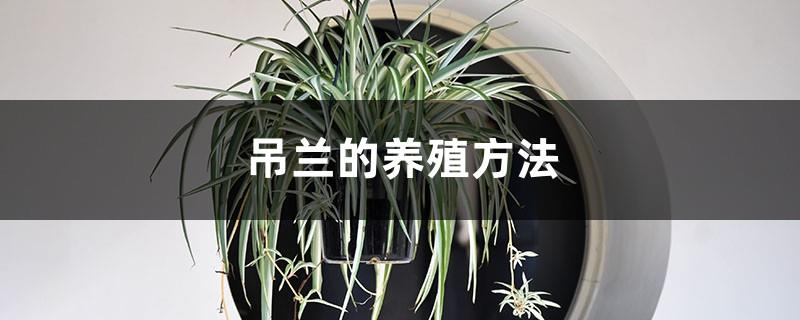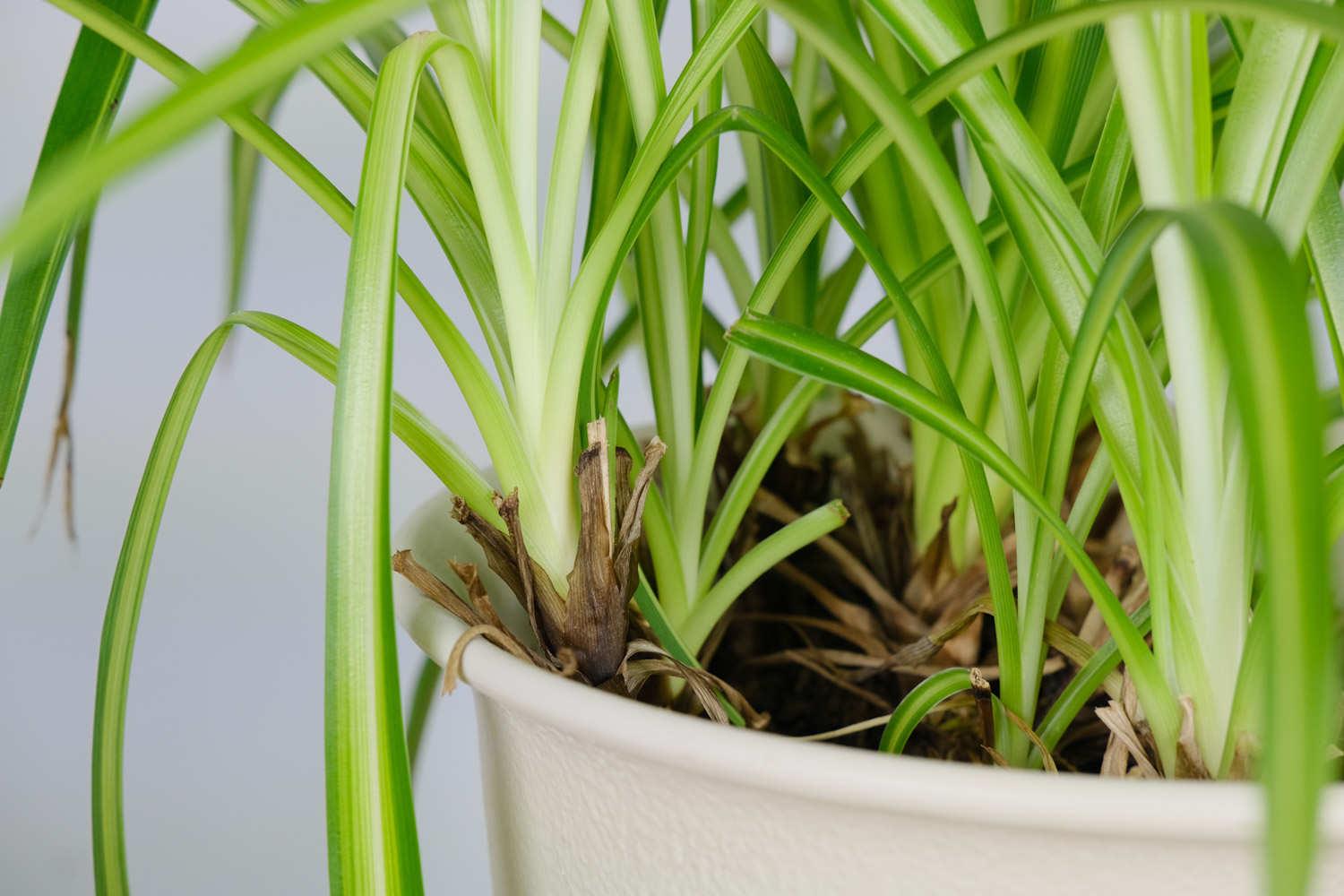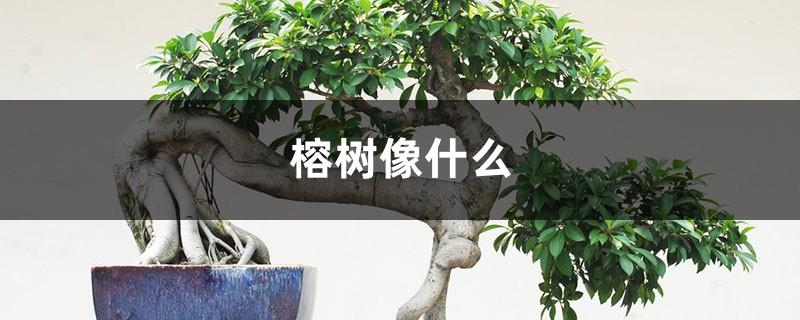How to grow spider plants
Last Update :2024.11.16
Article Catalog
Pot soil: Clay flower pots, plastic pots, porcelain pots, and pottery pots can be used. The soil can be fertile sandy loam, humus soil, peat soil, or fine sand soil. Lighting: Pay attention to shade in summer and appropriate exposure to direct sunlight in winter. Temperature: Give it a growing environment of 15-25℃. Watering: Keep the pot soil moist and not too dry. Fertilization: Apply thin liquid fertilizer once every half month during the growing season, mainly organic fertilizer. In addition, yellow leaves should be pruned in time to prevent diseases and insect pests.

Breeding method
Cultivation methods
1. Pot soil selection
When cultivating Chlorophytum, you can use clay flower pots, plastic pots, porcelain pots, and ceramic pots. If you want to do hanging cultivation, you should choose a flower pot with a hanging hook. The size of the flower pot should be selected according to the growth status of the spider plant. Generally, the pot should be slightly larger than the plant to give the spider plant space to grow.
Chlorophytum has strong adaptability to various soils and is easy to cultivate. Fertile sandy loam, humus, peat soil, or fine sandy soil can be used as potting soil, and a certain amount of base fertilizer can be applied before planting.
Chlorophytum is usually repotted once every 2-3 years, in March every year.
2. Light and temperature
Chlorophytum prefers a semi-shady environment and is more afraid of direct sunlight. When the sun is strong in summer and autumn, strong light will cause the leaves to wither and turn yellow, or even the entire plant to die. Therefore, pay attention to shading in summer, place spider plants in a cool and ventilated place, and pay attention to maintaining environmental humidity. In winter, the spider plant should be allowed to receive some direct sunlight.
Chlorophytum likes a warm climate and is not tolerant of severe cold and heat. Its optimum growth temperature is between 15-25℃, and the overwintering temperature in winter cannot be lower than 5℃. In summer, you need to do a good job in preventing heatstroke and cooling, and in winter, when the temperature is lower than 5-7℃, you need to pay attention to cold protection and heat preservation.
3. Watering and fertilizing
Chlorophytum likes a humid environment, so be careful to keep the pot soil moist. In summer, watering should be sufficient, and water should be sprayed on the branches and leaves every evening to keep the air moist. When the temperature is below 5℃ in winter, water less and the pot soil should not be too wet, otherwise the leaves will easily turn yellow. Normal humidity should be maintained at ordinary times. It should not be dry or too humid.
During the peak growth seasons of spring and autumn, spider plants should be fertilized with thin liquid fertilizer, mainly organic fertilizer, every half month or so. Top dressing should be stopped during high temperatures in summer and dormancy in winter. Mosaic and leaf varieties should use less nitrogen fertilizer, otherwise the spots on the leaves will fade and affect the viewing effect.
4. Propagation methods
Chlorophytum can be propagated by cutting, dividing, sowing and other methods. Cutting propagation and division propagation can be carried out at any time from spring to autumn, and sowing propagation is mainly carried out in March every year.

Notes
1. Pruning
When maintaining Chlorophytum, you should pay attention to pruning at ordinary times, cut off yellow leaves at any time, and cut off old roots, rotten roots and excess fibrous roots in combination with changing pots. The old leaves of Chlorophytum can be pruned in early to mid-May every year.
2. Pest and disease control
Chlorophytum farming is generally not prone to pests and diseases. However, there will be root rot caused by water accumulation in the pot soil and poor ventilation, as well as scale insects, aphids, whiteflies, mites and other pests. At this time, spraying should be carried out in time.
3. Breeding taboos
Chlorophytum is resistant to high temperatures and not tolerant to hot sun. If the sun is strong, the leaves of the spider plant will be easily burned, so it needs to be shaded in summer. Families can place spider plants indoors with bright light for viewing. In summer, water supply should be strengthened and water should be sprinkled frequently to increase air humidity.
Chlorophytum is not cold-tolerant and can survive the winter safely if the room temperature is kept above 5℃. When the temperature is low in winter, the spider plant should be placed in full sunlight, with less watering, so that the pot soil is slightly biased, and no fertilizer is applied.
Precautions
- END -
What does a banyan tree look like and what are its characteristics?

The banyan tree is a tall tree, a large tree, with a height of fifteen to twenty-f...
How to grow apricot plums

Soil: Apricot plum is not very strict on soil requirements and is suitable for gro...